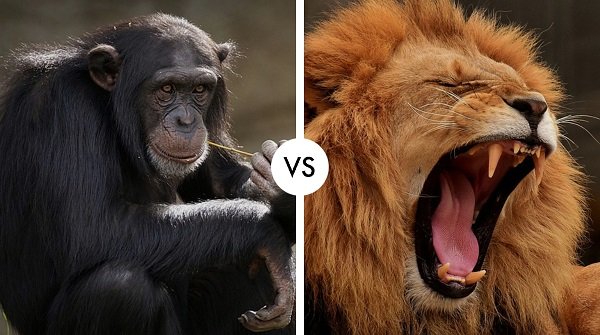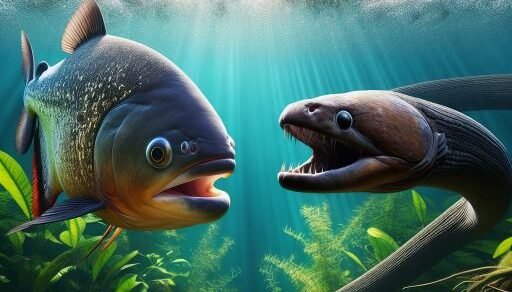Location and Habitat
Flamingos are striking birds known for their vibrant pink feathers, which they acquire from their diet rich in carotenoid pigments. They inhabit various regions across the world, including the Caribbean, South America, Africa, the Middle East, and parts of Europe. Flamingos favor environments such as shallow lakes, lagoons, and swamps where they can feed on algae, crustaceans, and small fish. Their habitats are often alkaline or saline and can include areas like the famous Rift Valley lakes and the coastal mudflats of the Yucatan Peninsula.
Pelicans, on the other hand, are large water birds distinguished by their impressive bill and large throat pouch, which they use for catching fish. These birds are found on all continents except Antarctica, frequenting both freshwater and marine environments. Pelicans prefer calm, shallow waters where they can scoop up fish in their pouches, often seen in lakes, rivers, and estuaries, as well as along coastlines. Notable locations include the lakes and rivers of North America, the coasts of Australia, and the Danube Delta in Europe.
Flamingo vs. Pelican Comparison
| Feature | Flamingo | Pelican |
|---|---|---|
| Size | Height: 3.3 to 4.6 ft Weight: 4 to 8 lbs | Height: 4 to 6 ft Weight: 10 to 30 lbs |
| Ability to Finish Opponent | Low (primarily uses evasion) | Low (uses evasion, not aggressive) |
| Weaponry | Beak (used for feeding, not combat) | Large beak (can be used to scoop or strike) |
Hunting and Skills
Flamingos primarily feed on algae, small crustaceans, and aquatic invertebrates, which they filter from the water using their uniquely structured beaks. They are not predatory birds and rely on their ability to sift food from mud and water, often feeding while standing on one leg. Their vibrant pink color comes from the carotenoid pigments in their diet. Flamingos typically do not have natural hunting strategies, as they are not hunters but gatherers that feed on small organisms in the water.
Pelicans, on the other hand, are large birds that primarily prey on fish. They have a distinctive hunting method involving their large throat pouches, which they use to scoop up fish while swimming. Some species of pelicans may also work together to herd fish into shallow waters to make them easier to catch. Pelicans are known to occasionally eat amphibians, turtles, and crustaceans, but fish constitute the majority of their diet. They are adept at both surface seizing and plunge-diving, depending on the species and the environment.
Flamingo vs. Pelican Who Would Win?
The flamingo uses its long legs to maintain distance, attempting to peck at the pelican. The pelican, more robust, tries to grapple using its large bill. The pelican’s greater strength and aggressive tactics overwhelm the flamingo. The pelican wins with a 70% chance of victory.




